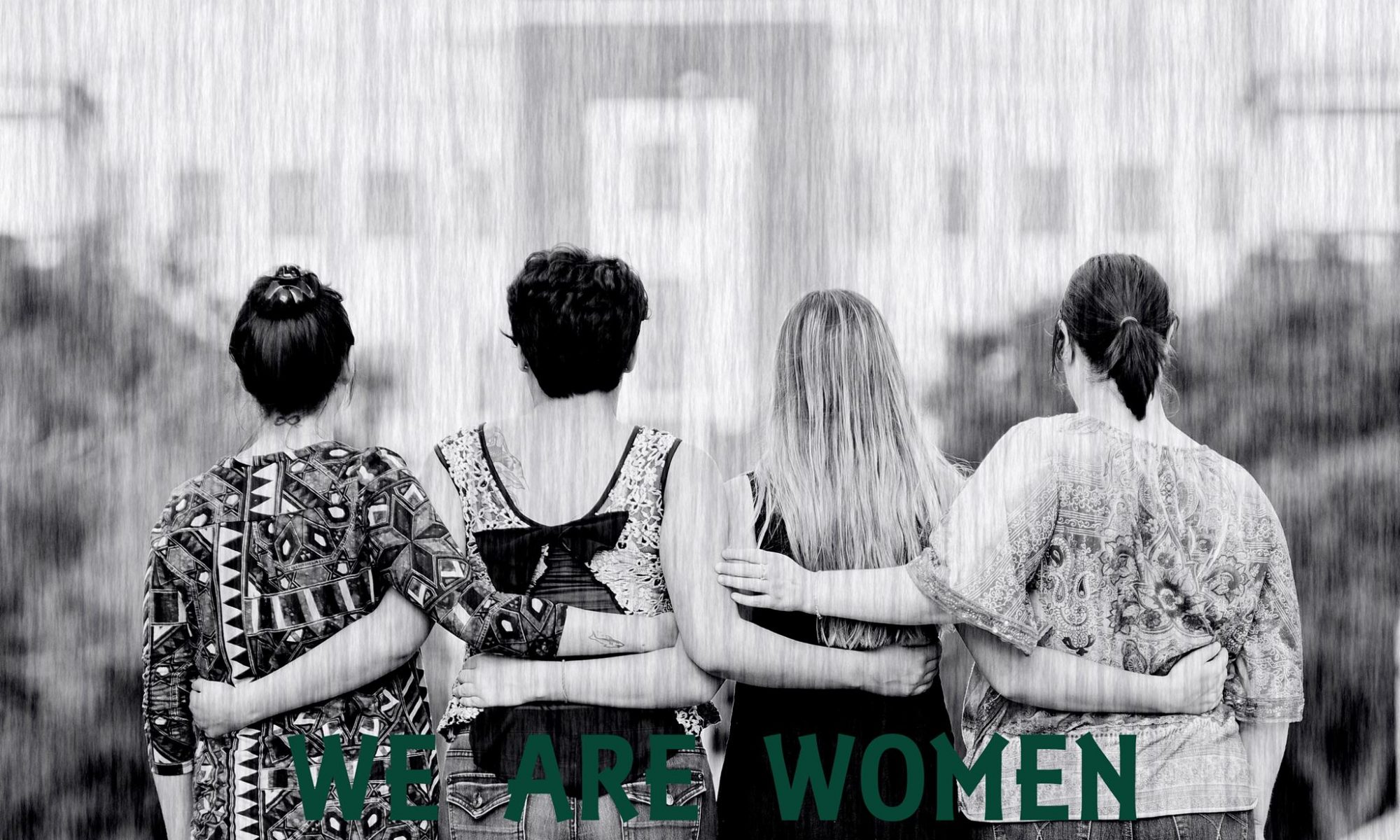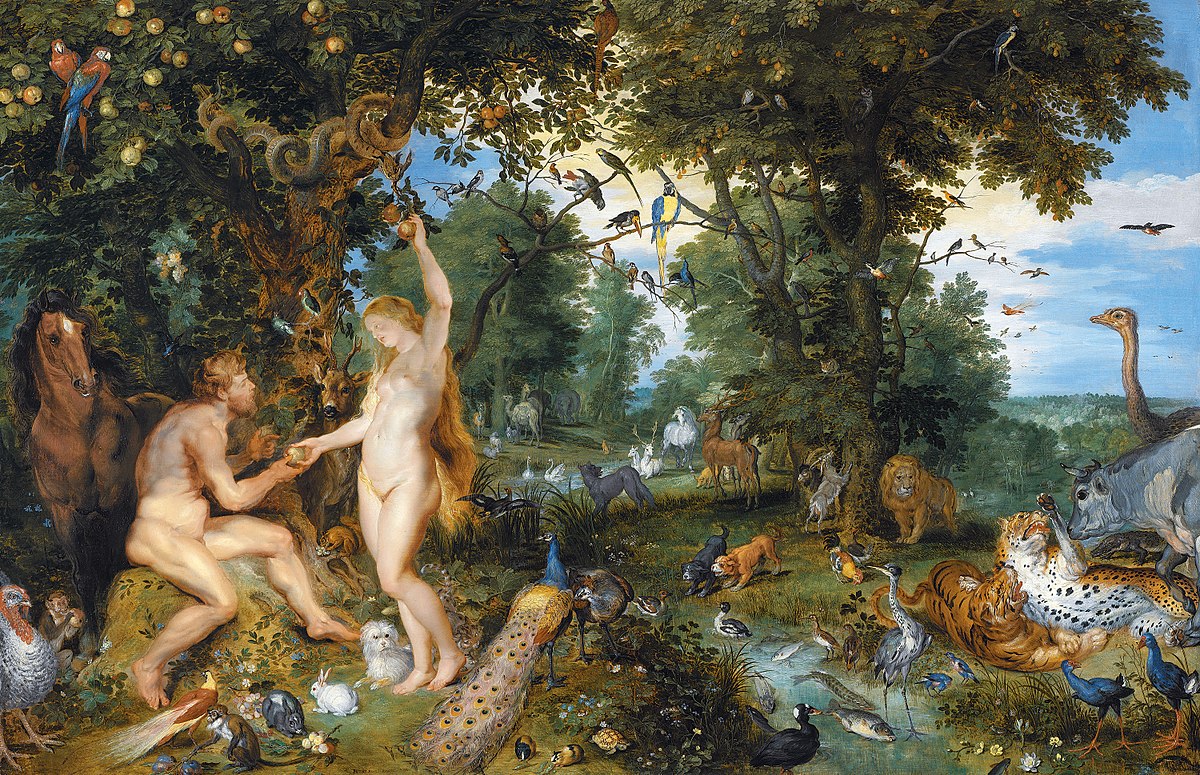She Unnames Them
By Ursula K. Le Guin
Spoiler Alert below image:

Painting: Jan Brueghel de Oude en Peter Paul Rubens
Last warning, spoiler alert.
*
*
*
*
*
FROM ThoughtCo.
” Then, as Adam sleeps, God takes one of his ribs and forms a companion for Adam, who chooses her name (“woman”) just as he has chosen names for the animals.
Le Guin’s story reverses the events described here, as Eve unnames the animals one by one.
Who Tells the Story?
Even though the story is very short, it’s divided into two separate sections. The first section is a third-person account explaining how the animals react to their unnaming.
The second section switches to first-person, and we realize that the story all along has been told by Eve (though the name “Eve” is never used). In this section, Eve describes the effect of unnaming the animals and narrates her own unnaming.
What’s in a Name?
Eve clearly views names as a way to control and categorize others.
In returning the names, she rejects the uneven power relations of having Adam in charge of everything and everybody.
So “She Unnames Them” is a defense of the right to self-determination. As Eve explains to the cats, “the issue was precisely one of individual choice.”
It is also a story about tearing down barriers. Names serve to emphasize the differences between the animals, but without names, their similarities become more evident. Eve explains:
“They seemed far closer than when their names had stood between myself and them like a clear barrier.”
Though the story focuses on the animals, Eve’s own unnaming is ultimately more important. The story is about power relations between men and women. The story rejects not just the names, but also the subservient relationship indicated in Genesis, which portrays women as a smaller part of men, given that they were formed from Adam’s rib. Consider that Adam declares, “She shall be called Woman,/Because she was taken out of Man” (Genesis 2:23).”
For the rest of the analysis visit Thought Co.


